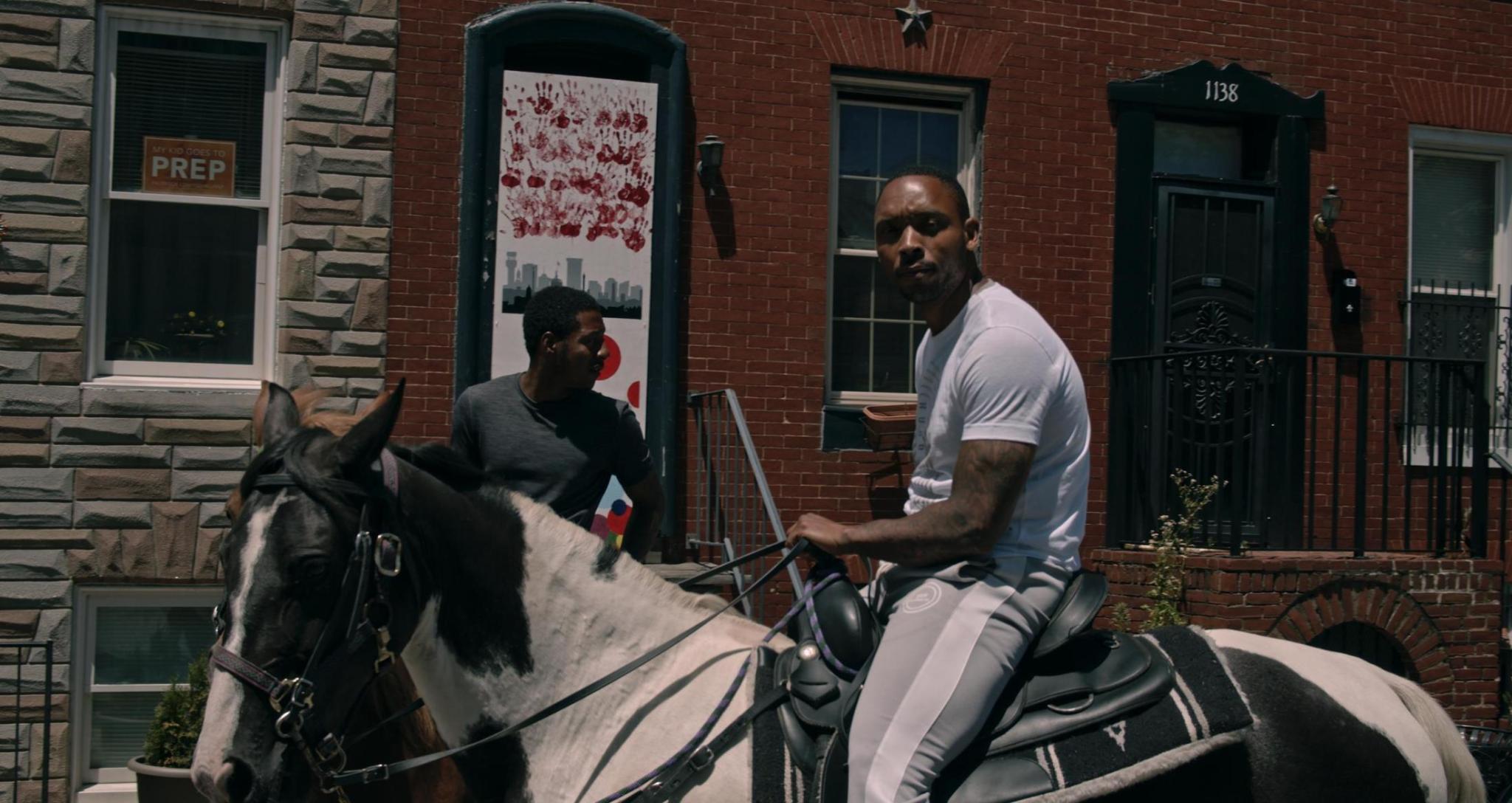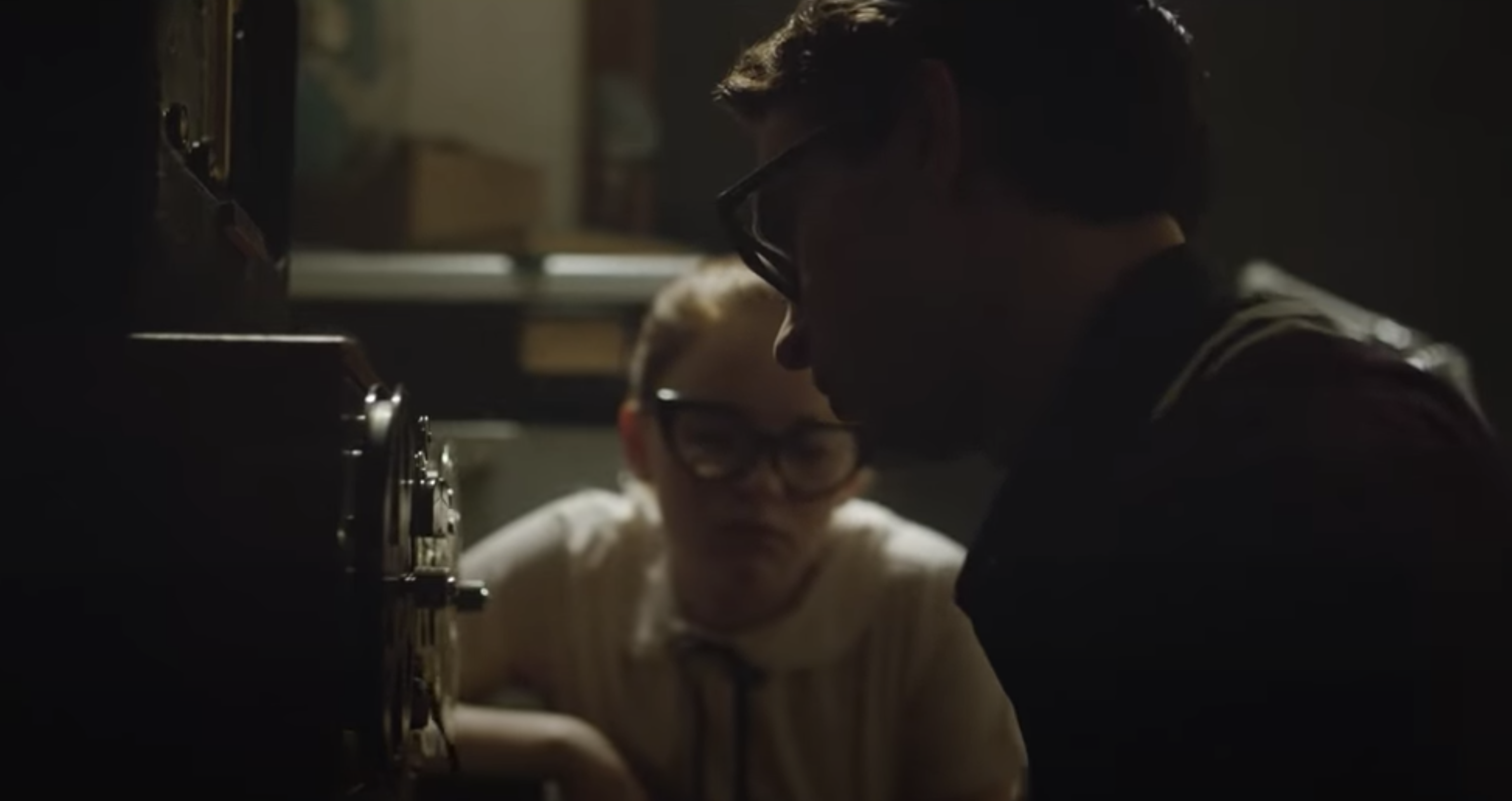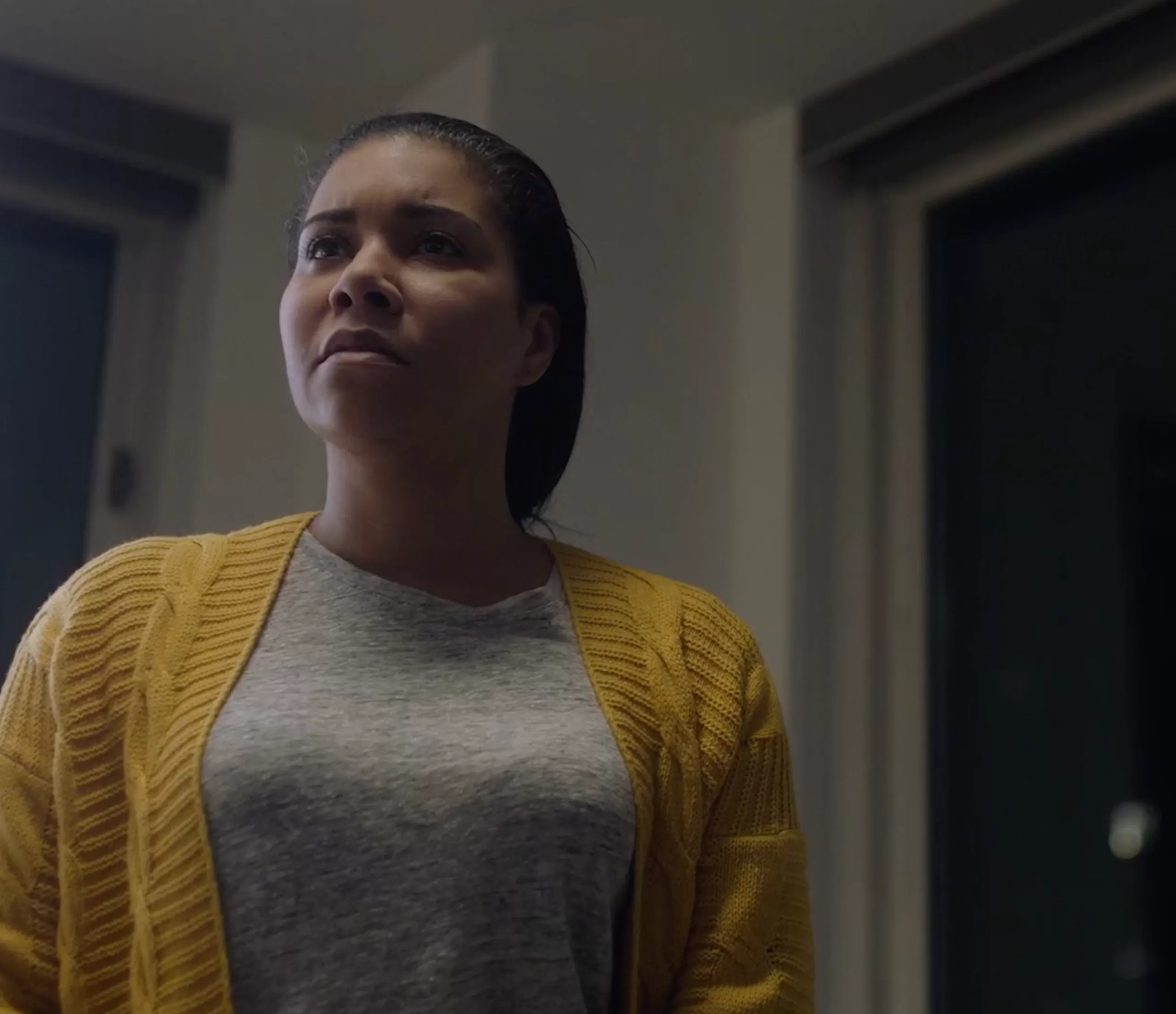“I GOT A MONSTER”; documentary filmmaker Kevin Abrams on dissecting on film one of the American East Coast’s most egregious police corruption scandals | TALK
When Kevin Abrams started work on his documentary “I Got a Monster” in 2018, he was determined that retelling the story of Baltimore’s corrupt Gun Trace Task Force not traffic in “ruin porn,” a staple of the HBO series “The Wire.”
“It’s nicknamed Charm City, and I really got why,” Abrams, a New Jersey native, said from his home in Los Angeles. “As an East Coast guy, going there and feeling the hustle and the heart and the history, I really think it’s an incredible city and it bums me out that it always gets associated with crime as opposed to this incredible history of being this massive port of entry.”
As much as he came to love the city of Baltimore during the nearly half-decade of gestating “I Got a Monster,” Abrams’s job was to discuss the scandal, in which police officers of the Gun Trace Task Force robbed people—lawbreakers and -abiders equally—to enrich themselves in a major eyesore for Maryland’s largest city and a place that is, to far too many, a punchline. One of Abrams’s main subjects Ivan Bates confronted these ills and brought them out into the light.
Abrams used as a starting point the authors of the book “I Got a Monster: The Rise and Fall of America’s Most Corrupt Police Squad,” written by Baynard Woods and Brandon Soderberg. Woods, who is also one of the executive producers of the film, knows the city, having worked his way up through the ranks of reporting. He appears in Abrams’s film frequently.
“People trusted us because of [Woods’s] reporting and his reputation,” said Abrams during a recent talk we had together, adding that the book and documentary walked in parallel towards completion, with the work in both print and film reinforcing one another.
Woods is quite an eccentric and his onscreen presence makes for compelling storytelling. Abrams relates that the journalist in his spare time writes novels and operas, in ancient Greek, no less.
“He’s Hunter S, Thompson meet Mark Twain. I always joke that he’s the poet laureate of Baltimore. Brandon [Soderberg], his cowriter, is a huge activist as well as writer who is working on drug reform and police reform. So these are guys that are really embedded in trying to make Baltimore be the best place possible.”
Woods and Soderberg were able to introduce Abrams to several sources who spoke on camera about being robbed and/or wrongly arrested by members of the GTTF, including its most notorious member, Wayne Jenkins. Unsurprisingly, Jenkins and his co-conspirators were loath to speak with Abrams–on-camera or otherwise. Nevertheless they pressed on, continually filming and editing as they went, pushing through the pandemic era.
Abrams hunkered down to edit during the early months of covid-19, while at the same time coming very close to signing a deal for “I Got a Monster” to become a five-episode series for a streamer.
“It was such a massive case, and we really wanted to go into the systemic elements of it,” Abrams said. “In classic Hollywood fashion, [the deal] fell apart at the eleventh hour because new people came in to run that department and projects got killed, blah blah blah.”
With the episodic deal in tatters, Abrams and his producers shot additional interviews, undertaking additional research in order to realize “I Got a Monster” as feature-length documentary rather than series. “Monster” now runs a brisk and engrossing ninety minutes.
“By slowing down the sales cycle, we were able to really focus on the film, and I think it benefits from it hugely,” Abrams said, adding that the extra time allowed he and his team to uncover new material that either proved or disproved earlier research they’d come upon. “We took that extra time to really begin to chop it down and make it as lean and move as quickly as possible.”
He added that going the extra mile to verify their facts would make his documentary beyond reproach, especially if Jenkins or any of his GTTF allies decided to come after Abrams and the film as a defamatory exercise.
“We didn’t want to give people the opportunity to doubt what we were showing because it was so relevant,” Abrams said. “Otherwise, it’ll just seem too agenda-driving. So we were lucky to have that extra time to cross all our T’s and dot all our I’s to make sure the information we were gathering was spot-on. It was egregious, and so impossible, to contest that when we started, the police department recognized that the conversation needed to be open,” Abrams said. “And they were pretty transparent and supportive about us investigating and talking to…the active commissioner [and] previous commissioners. They put us in touch with a lot of different people that could speak on behalf of this because they knew it couldn’t be hidden. Whatever they did to try to hide it, they would appear much more guilty.”
If there is a hero in “I Got a Monster” it may well be Bates, the attorney who took on many people who were abused by the GTTF as his clients.
“One of the first days filming him was losing the state attorney’s election. He ran, he lost, [but] four years later we have footage of him winning it,” Abrams said of Bates, with whom he remains in close contact. “This is a man we saw out fighting day to day trying to do right by the people of his city. People like that exist, [so] let’s try to find one to get behind and try to help that change happen.”
Abrams says that one lesson he hopes people take away from “I Got a Monster” is they have more power than they think. They also need not wait around for a leader such as Bates to effect the changes in their lives and their communities.
“As much as we may be doubting the voting process right now at the local level, it’s hugely effective. And if you want change, you want better policing, you have the tools to go and be a part of the conversation locally to change it,” Abrams said. “Do some research. Find the people that you feel are capable of representing what you want to see as far as that dialogue and that conversation goes, and support them, people like Ivan Bates.”
The filmmaker believes his documentary is relevant, and accessible, for viewers not just in blue cities but also red states as part of the nation’s ongoing discussion about policing. And with “I Got a Monster” ready now after its half-decade gestation, Abrams is already at work on other projects.
“As we try to start a family, me and my wife, I keep joking that one day Ill pick a project that we can actually make some money from,” he said. However, he freely admits that “there’s too much stuff going on right now” for him to put his camera down.
“I Got a Monster” is in select theaters and is also available for online streaming and download on iTunes, Amazon Prime and elsewhere.
news via inbox
Nulla turp dis cursus. Integer liberos euismod pretium faucibua



